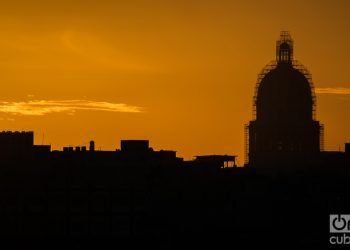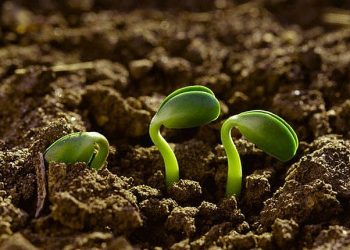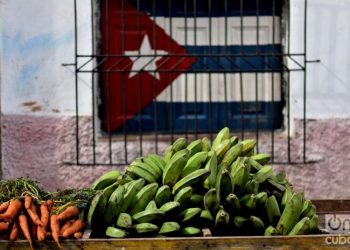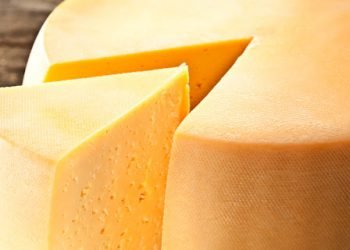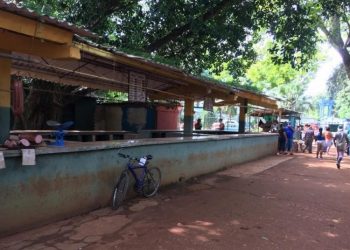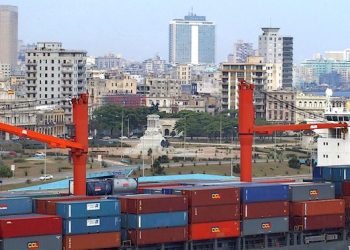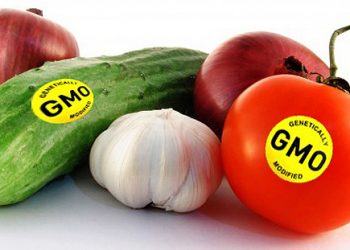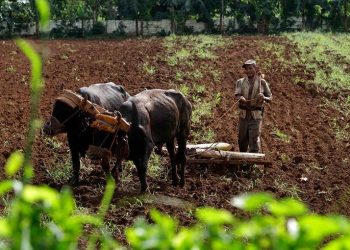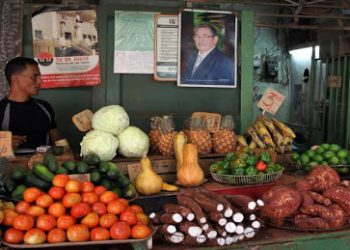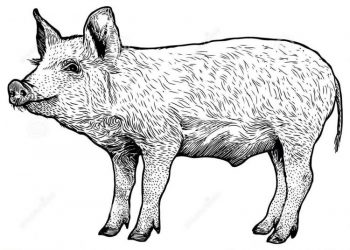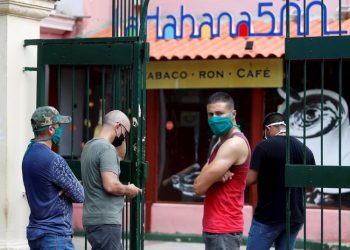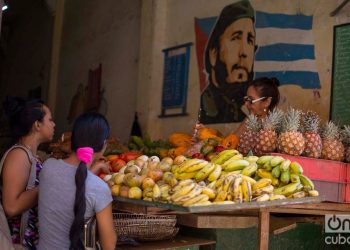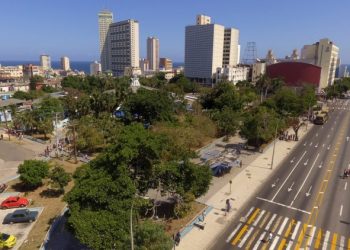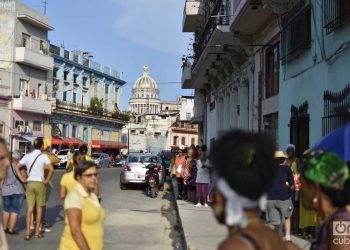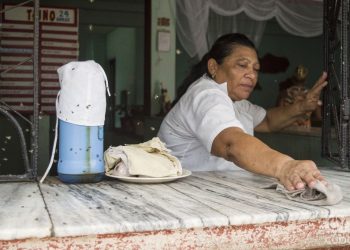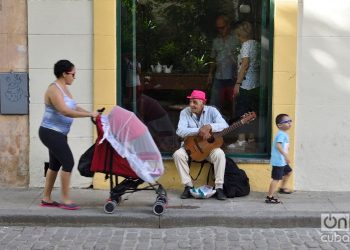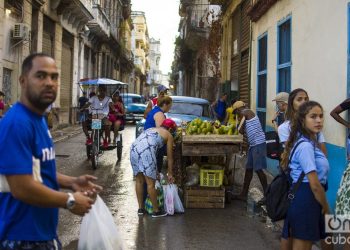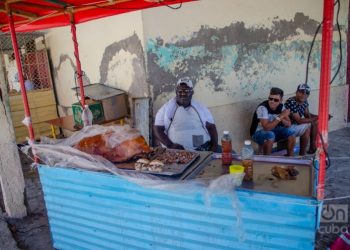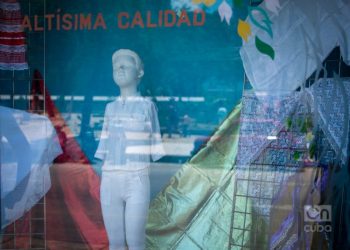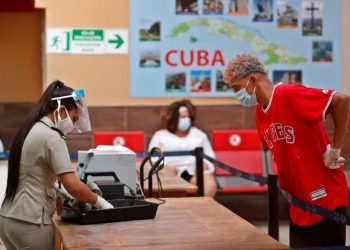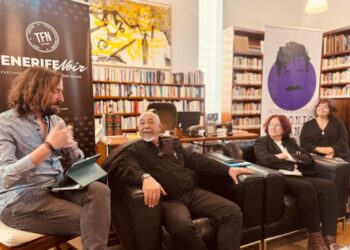Foreign Direct Investment and organization
The past week has been one of the most interesting in recent times, for everyone, but especially for economists. The explanation offered about the “organization” task by the head of the Implementation Commission and the subsequent clarification of doubts and comments on the subject, was, in my opinion, one of the best public explanations I have heard, not only to understand the complexity of the task at hand of the present government, but also on how the national economy has functioned and functions, or rather, how much distortion of all kinds and institutional failures exist today in the functioning of the national economy. After listening to both programs, it is possible to express with amazement, rather than with certainty, eppur si muove. It is also true that if we don’t carry out this task, if it isn’t done correctly, or if we continue to delay it indefinitely―with the risks that this implies and with the restrictions we have today―, that even erratic movement of our economy can take us anywhere, except where we want. It is also true that despite the effort to foresee everything, or almost everything, because the economy implies communicating vessels, because it has a direct social...


